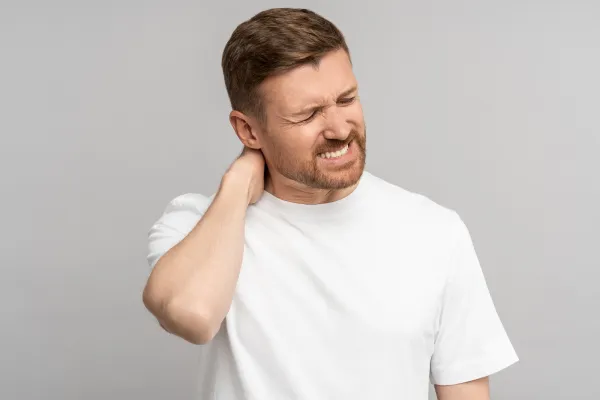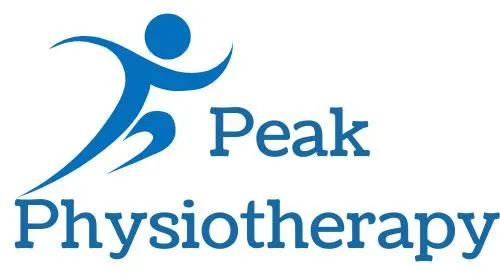
What You Need to Know About Cervical Strain and Neck Pain Relief
We’ve all had those mornings where turning the head feels like moving a rusty hinge. Sometimes, neck discomfort is short-lived and disappears with rest. But in other cases, the pain lingers — and that’s when a cervical strain might be to blame. As physiotherapists, we see this condition regularly in people of all ages, from office workers hunched over laptops to athletes pushing their limits.
In this guide, we’ll break down what cervical strain is, what causes it, how it feels, and how a physiotherapist can help you get back to pain-free movement.
What Is a Cervical Strain?
“Cervical” simply refers to the neck region of the spine. A cervical strain occurs when the muscles or tendons in the neck are overstretched or torn. This can happen suddenly, like during a sports injury or car accident, or develop gradually due to poor posture, repetitive movements, or prolonged stress on the neck.
Common causes include:
Sudden impacts (e.g., whiplash from a car accident)
Holding the neck in one position for long periods
Repetitive twisting or bending motions
Sleeping in an awkward position
Poor workstation ergonomics
Symptoms You Might Notice
Cervical strain can range from mild discomfort to severe pain that limits daily activities. You might experience:
Stiffness and reduced range of motion
Muscle spasms in the neck and shoulders
Pain that worsens with movement
Headaches starting at the base of the skull
Tenderness in the neck muscles
If symptoms are severe, persistent, or accompanied by numbness, tingling, or weakness in the arms, it’s important to seek professional assessment promptly.
How a Physiotherapist Can Help
A chartered physiotherapist is trained to assess, diagnose, and treat cervical strain effectively. In our Galway clinic, treatment is tailored to the individual, often including:
1. Thorough Assessment
We’ll examine your posture, movement patterns, and neck mobility, as well as identify any underlying contributing factors.
2. Manual Therapy
Gentle, hands-on techniques help release muscle tension, improve joint movement, and reduce pain.
3. Targeted Exercise Programmes
Specific stretches and strengthening exercises help restore mobility, support the neck muscles, and prevent re-injury.
4. Posture & Ergonomic Advice
We guide you on adjusting your workstation, sleeping position, and daily habits to support long-term recovery.
Practical Tips for Prevention
While physiotherapy speeds up recovery, preventing strain in the first place is ideal. Here are some neck-friendly habits:
Keep your computer screen at eye level to avoid looking down for long periods.
Take short breaks every 30–40 minutes when working at a desk.
Use a supportive pillow that keeps your neck aligned with your spine.
Avoid cradling the phone between your ear and shoulder.
Stay active — regular movement helps keep muscles flexible and strong.
When to Seek Help
If your neck pain lasts more than a few days, keeps coming back, or affects your ability to work, drive, or sleep, professional care can make all the difference. Early physiotherapy intervention not only speeds recovery but also reduces the risk of chronic problems.



